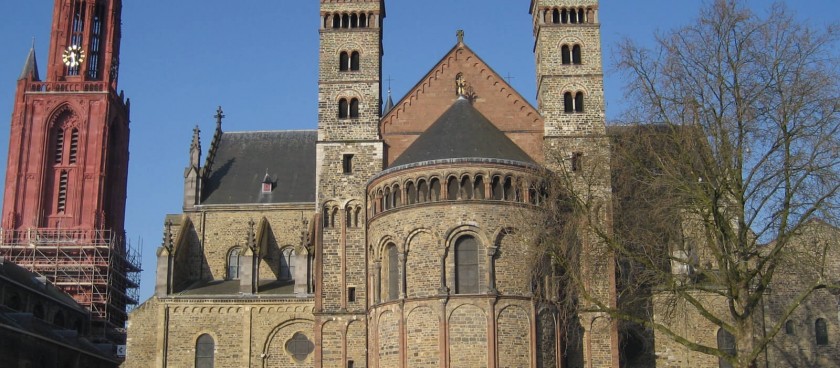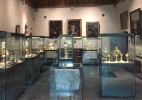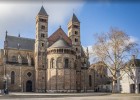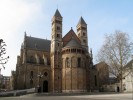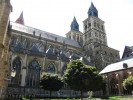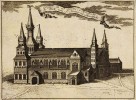- #NL22
- Keizer Karelplein 3, 6211 TC Maastricht, Netherlands
- +31433212082
- http://www.sintservaas.nl/
- Working hours*:
Weekdays and Saturdays open from 10:00 to 17:00,
Sunday from 12:30 to 17:00 - * - opening and closing times as well as entrance prices, are subject to alterations without notice. Visitors are advised to check before visiting.
- 50.8486289, 5.6865994 Copy to clipboard Copy
-
#Churches
Today, the Basilica of St. Servatius houses many unique exhibits: statues of the 12 apostles, sculptures of Christ, St. Peter and the bishop himself, paintings dating back to the 12-13 centuries. The most valuable is the 12th-century reliquary, in which the relics of many bishops of Holland are kept to this day.
The Basilica of St. Servatius is a very worthy excuse to visit Maastricht. This is the oldest temple in the Netherlands. The largest bell in the country is installed on its bell tower. Another pride of the church is the rich treasury, where very beautiful and rare items are kept, including a golden reliquary with the relics of St. Servatius. It is not in vain that the basilica is included in the list of hundreds of the best monuments in the Netherlands according to UNESCO.
The Maastricht Basilica is the main temple dedicated to Saint Servatius, an Armenian missionary, the first bishop of Maastricht and, according to legend, a relative of John the Baptist. Traditions ascribe 375 years of life to him.
It is believed that the church was built over the grave of Servatius, who died in 384. More precisely, this is the fourth version of the temple in this holy place. Immediately after the death of the missionary, a wooden chapel was built, which in 550 was replaced by a stone church with a crypt. The need for a new building, erected in 750, was dictated by the growing stream of pilgrims willing to worship the saint. This temple did not last long, in 881 it was destroyed by the Vikings who attacked the settlement.
The construction of the current Romanesque structure began around 1000, and the basilica was consecrated in 1039. Sandstone and marl were the main materials for the construction. Throughout its history, the church was completed and reconstructed several times, depending on the architectural fashion of a particular era. This is how the architectural complex looked on the engraving of 1697.
